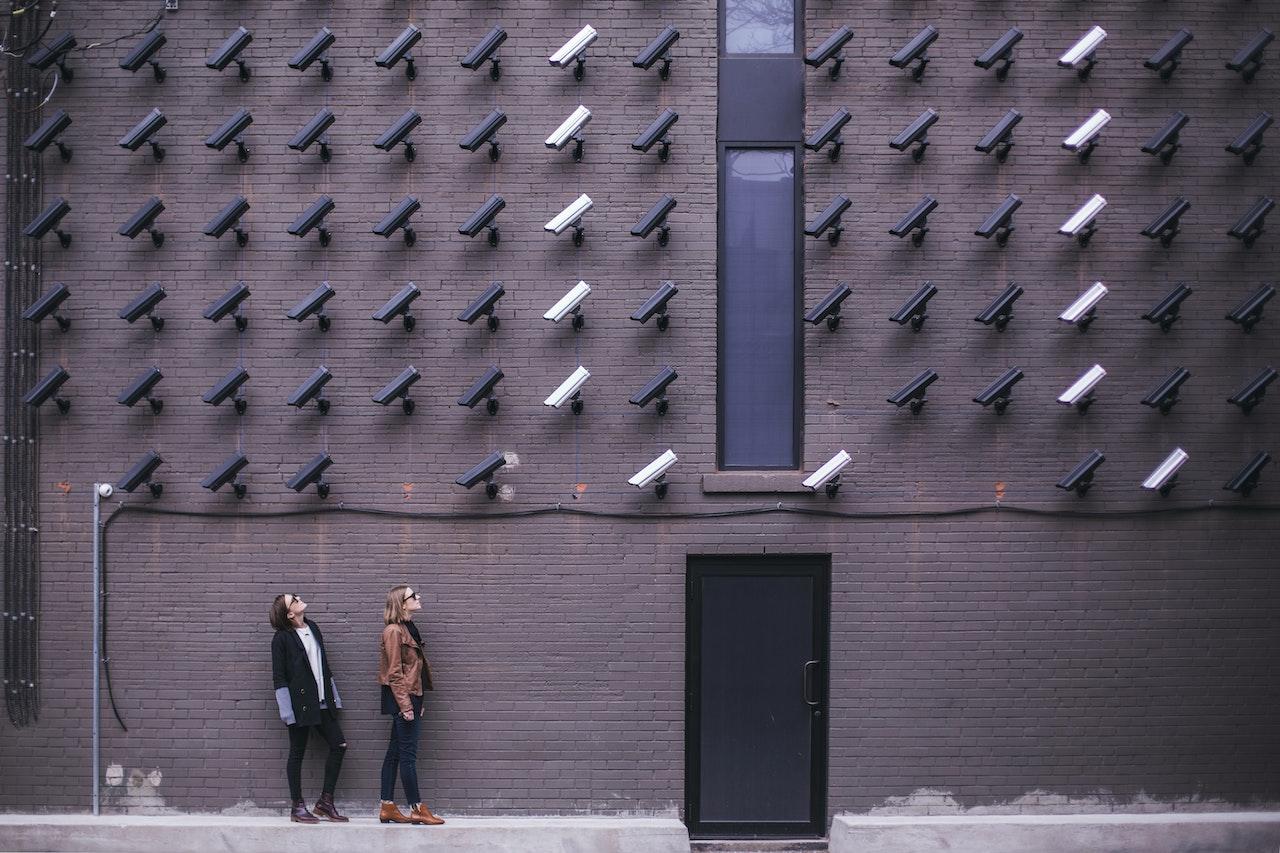In your career as a security professional, you may find yourself in charge of security for a variety of jurisdictions. Whether it’s a school campus, an event arena, or a high rise, you will likely encounter different security plans for different places as you gain experience in the field.
Conducting security for a specific building may be one of the most common jobs that security guards will encounter. Whether it’s a corporate office, residential area, or hotel, each building should have its own building security plan. In this article, we will take a look at what a building security plan is, who is responsible for it, how to create one, and explore some tips to help you improve your own building security.
What is a Building Security Plan?
A building security plan is a set of procedures and policies that encompass all aspects of security in a specific building, taking the unique features of that building into account. Some of the specifics in this plan will include things like personnel, technology, patrolling procedures, daily security policies, and emergency procedures. This plan should be comprehensive and easily understood by anyone who needs access to it, and especially by those who are responsible for carrying out the plan.
Who is Responsible for a Building Security Plan?
Typically, a Security Director will be in charge of creating and carrying out a security plan. After creating the plan, the Security Director will then decide who is responsible for maintaining the plan – an in-house team or a contract team. The director will have the responsibility of clearly communicating what is expected in the plan so that the policies and procedures are carried out properly.
Learn more: Security Guard Duties and Responsibilities
How to Create a Building Security Plan
To create the most effective building security plan, a Security Director must first conduct an assessment of the premises. How many points of entry are there? Do visitors come to the building often? Are there stairways and elevators that need to be monitored? There are several factors to consider. Once the Security Director has completed a thorough assessment of the building, they can then create a plan that details the personnel and technology needed, the daily routines of the officers, and the emergency procedures necessary for the premises. The main purposes of the security plan should be to reduce threats to the building, reduce the vulnerabilities that the building has to security threats, and improve the capacities of the security team to do their job in preventing and mitigating security risks.
Learn more: Lockdown Procedures for the Workplace: Security Officer Guide
Building Security Plan Example
For an example of an excellent and thorough security plan, take a look at this one from the Federal Energy Regulatory Commission.
4 Tips to Improve Your Building Security
There’s no one-size-fits-all approach to building security, but there are a few tips that you can keep in mind when shaping your own security plan so that you can create the most effective plan possible.
1. Make Your Security Officers Mobile
Depending on the size of the building, it may not be enough to simply let your officers patrol their designated areas on foot. For a building with a large interior area or exterior perimeter, consider giving your security guards bicycles or segways so that they have the ability to patrol a greater area in a shorter amount of time.
Learn more: Perimeter Security Course
2. Pay Attention to Points of Entry
For many buildings, the primary dangers to the premises come from points of entry. It makes sense, as these are the places where unsavory characters would be the most likely to enter before causing issues. In the points of entry, it’s important to consider having extra security measures in place such as visible personnel and security cameras to prevent and deter any threats to security.
Learn more: CCTV Systems Course
3. Limit Visitor Access
In residential buildings particularly, there are likely to be many visitors, exposing the premises to more people. To limit access to visitors that are supposed to be there, it’s helpful to have a system in place that limits visitor access. This might be done with a security code, key card access, or through some other measure to make sure that the visitors entering the building are ones that have permission to access the building.
Learn more: Keys and Locks Course
4. Secure Parking Areas
If your building has a parking area, much like points of entry, this is another area that will benefit from having extra security measures in place. In addition to security cameras and possibly another access limiting measure, it is also good to have personnel to patrol the parking area and mitigate security risks that might occur immediately outside the building.
Creating a building security plan is an important job that can positively affect the safety of many people. By taking the time to assess your own premises, you can create a plan that is highly effective and unique to the building you are tasked with keeping secure.
To further your career in security, check out security guard courses with NITA and enroll today!
You might also like:
Our enrollment counselors are here to answer any questions you might have about our state- and board-approved status, pre-licensing training, or professional development programs.




